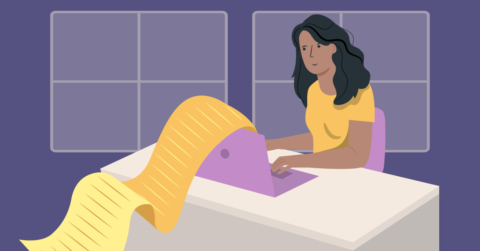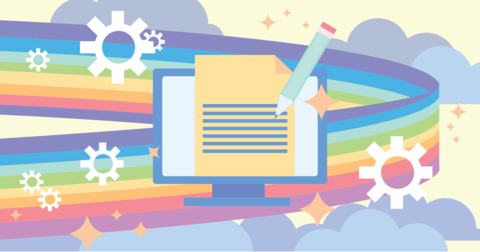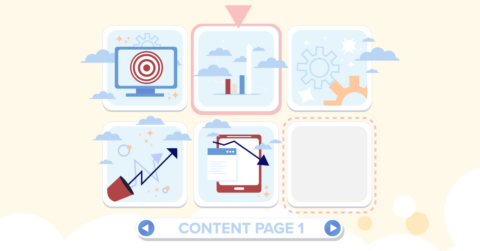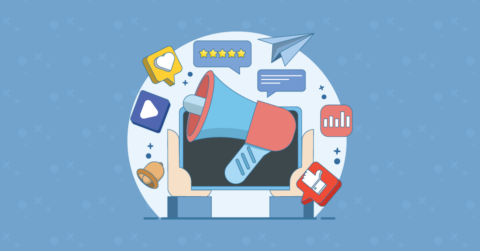
How To Approach B2B Customer Education
02/07/25
b2b customer education
In the B2B world, customers expect a high quality of service. This isn’t just about how you treat them before you make a sale, but everything that happens afterwards.
B2B customer education is a huge part of that. By prioritizing it at your organization, you can both ensure them that their purchase was worthwhile – and keep them coming back for more. In this quick guide, we give you an actionable primer on B2B customer education: why it’s important, the different ways you can do it, and a five-part strategy for success.
Enjoy!
Why B2B Customer Education Matters
There are a number of reasons you should invest in B2B customer education. Here are four of the most important:
Increases Product Adoption
Before customers can fall in love with your products, they need to understand them. This is one of the major benefits of B2B customer education. By taking the time to educate your buyers, you enable them to use your product more effectively. This increases adoption and overall satisfaction.
Reduces Customer Churn
B2B customer education creates empowered buyers. With the right training and resources, your customers can solve problems on their own. This makes them less likely to abandon a product because of confusion or unfulfilled expectations.
Facilitates Upselling + Cross-Selling
When a customer fully uses and masters one part of your product, they naturally become more open to additional offers. This opens the door to more upselling and cross-selling. Of course, all this requires a customer that understands your product – which B2B customer education provides.
Builds Brand Loyalty
You don’t have to invest the time in B2B customer education. And if you look at some companies in the industry, many of them don’t. This is a huge missed opportunity. Clients who feel supported and informed (possible through quality education) are more likely to become advocates for your brand.
What Kind Of B2B Education Should You Use?
This is a question that only you can answer. Still, here is a quick list of five options for you to consider:
- Live Workshops Or Webinars: These take more time and resources to set up, but they’re a great way to connect to your audience.
- On-Demand Video Tutorials: Most people learn better through video, and these kinds of tutorials allow customers to learn at their own pace.
- Interactive E-Learning Modules: If you want the best results for your customers, you want to encourage active learning wherever possible. This course-like structure is one way to do it.
- Documentation And Knowledge Bases: These are essential for just about any company to use. They are also a great chance to upsell your other offers.
- Detailed Blog Posts Or Whitepapers: Odds are you already have a good amount of B2B content. No need to complicate things – your content is a great way to educate your customers.
Structuring a B2B Customer Education Strategy
Now that you know what B2B customer education is, as well as five options for creating it, let’s finish with an overall strategy. These five steps are applicable to most B2B companies.
1) Identify Learner Personas
This is very similar to customer personas. In the B2B context, different people within a client’s organization will often have distinct learning needs. For example, top executives might require high-level overviews. As for the end-users of your product? More detailed operational guidance is probably more appropriate. By crafting detailed learner personas, it’s easier to create educational resources guaranteed to resonate.
2) Define Learning Objectives
Now that you have your personas, what do you want each one to learn? This can be a number of things related to your product:
- Mastering basic but important functionalities
- Implementing the most advanced features
- Understanding best practices for industry-specific use cases
These kinds of objectives give you a huge benefit: clarity. This clarity leads to specificity, which leads to a more effective focus in the materials you make.
3) Set Up a Learning Path
Quality B2B customer education should be progressive. For the best results, your customer should learn in logical steps. This is what’s known as a “learning path.” Structure your educational materials in progressive modules to guide customers. This helps them build confidence. It’s also a great way to get them to gradually apply their new knowledge in their product usage.
4) Make It User Friendly
Your customer education does you no good if it’s difficult to access. You need to make sure people can use it easily. This is where user experience comes in. Here are a few actions you can take:
- Give suggestions throughout of other materials they might find useful
- Label things clearly so people know what they’re consuming
- Make your content as clean and “open” as possible
Basic is good. Any unneeded complexity is likely creating confusion for your customers.
5) Get Feedback
Just like every part of your business, you should try to constantly improve your B2B customer education. That’s where feedback becomes indispensable. Encourage learners to provide feedback on what’s working and where they face challenges. This can take the form of surveys, check-ins, or user data analytics. Not only will you better understand your customers – but you’ll also create better education materials for them.
…
Are you an enterprise, nonprofit or small business looking for help on your website? Give us a shout! We provide a free consultation. Email us at info@lughstudio.com or call us at (718) 855-1919!









